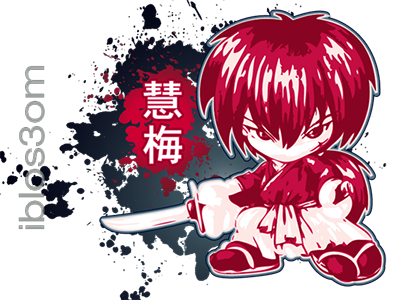邊 [边] biān
noun | adverb | measure word
: side; edge; margin
: border; boundary; region
: simultaneously
邊 [边] bian
: suffix of a noun of locality
Kun Reading
辺 | へ he OR べ be
noun | suffix
: (Archaism) surrounding area
: shore (of the sea); suffix used as a rough indicator of location, direction, time, etc.
辺り | あたり atari OR ほとり hotori
zuru verb | transitive verb
: (Usually written using kana alone) on the bank of; by the side of (e.g. a river, pond)
: (in the) neighborhood; vicinity; nearby
On Reading
邊 | へん hen
family or surname
: Hen
辺 | え e
suffix
: suffix used as a rough indicator of location, direction, time, etc.
辺 | へん hen
noun
: area; vicinity
: side (of triangle, rectangle, etc.)
: circumstances

